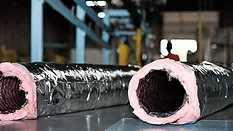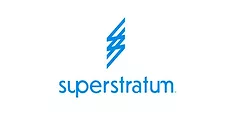
White Papers
Restoration & Remediation is proud to bring you in-depth, persuasive, authoritative, and well-thought-out whitepapers on a variety of industry-related topics. Whitepapers go above and beyond a print article – diving deep into issues or methodology and sometimes offering solutions to problems affecting the industry. This is just another free educational opportunity available through R&R.
Articles
More ArticlesStay ahead of the curve with our newsletters.
Get the latest industry updates tailored your way.
JOIN TODAY!Copyright ©2025. All Rights Reserved BNP Media.
Design, CMS, Hosting & Web Development :: ePublishing


